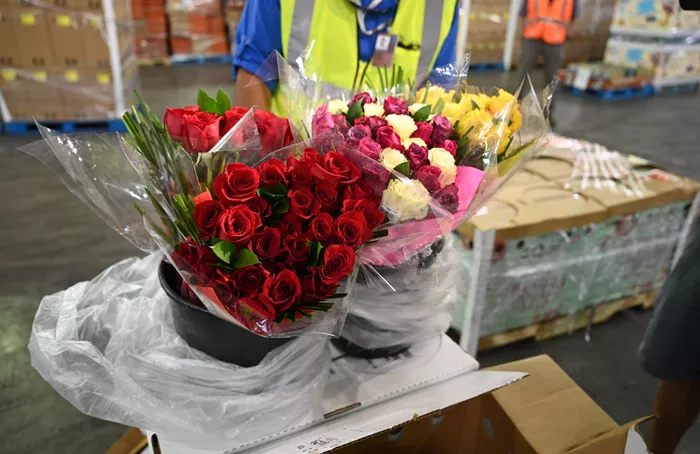Miami International Airport (MIA) is flourishing as Valentine’s Day nears, processing roughly 940 million stems of cut flowers. According to U.S. Customs and Border Protection, approximately 90% of the fresh cut flowers sold for Valentine’s Day in the United States pass through Miami, with the remaining 10% entering through Los Angeles.
Roses, carnations, pompons, hydrangeas, chrysanthemums, and gypsophila arrive on hundreds of flights, predominantly from Colombia and Ecuador. These blooms journey from MIA to florists and supermarkets across the U.S. and Canada.
Avianca Cargo, the largest flower importer based in Medellín, Colombia, has transported around 18,000 tons of flowers on 300 full cargo flights over the past three weeks. The company more than doubles its capacity during the Valentine’s season, responding to the increased demand.
Flowers remain one of the airport’s most significant imports. Last year, the airport received over 3 million tons of cargo, with flowers accounting for nearly 400,000 tons, valued at more than $1.6 billion. In January and February, flower imports totaled 90,000 tons, worth $450 million.
CBP agriculture specialists play a vital role, inspecting the bundles of flowers for potentially harmful plant, pest, and foreign animal diseases. Invasive species have caused $120 billion in annual economic and environmental losses to the United States, impacting the yield and quality of the American agriculture industry.


